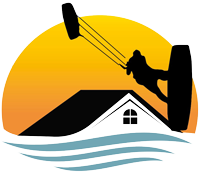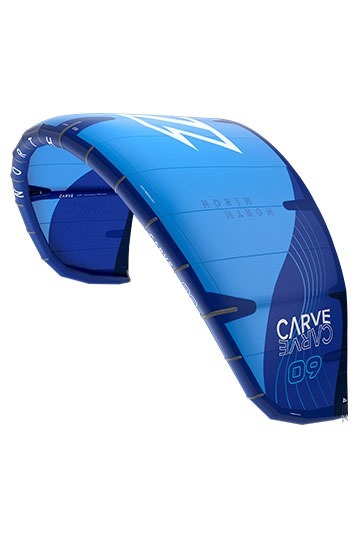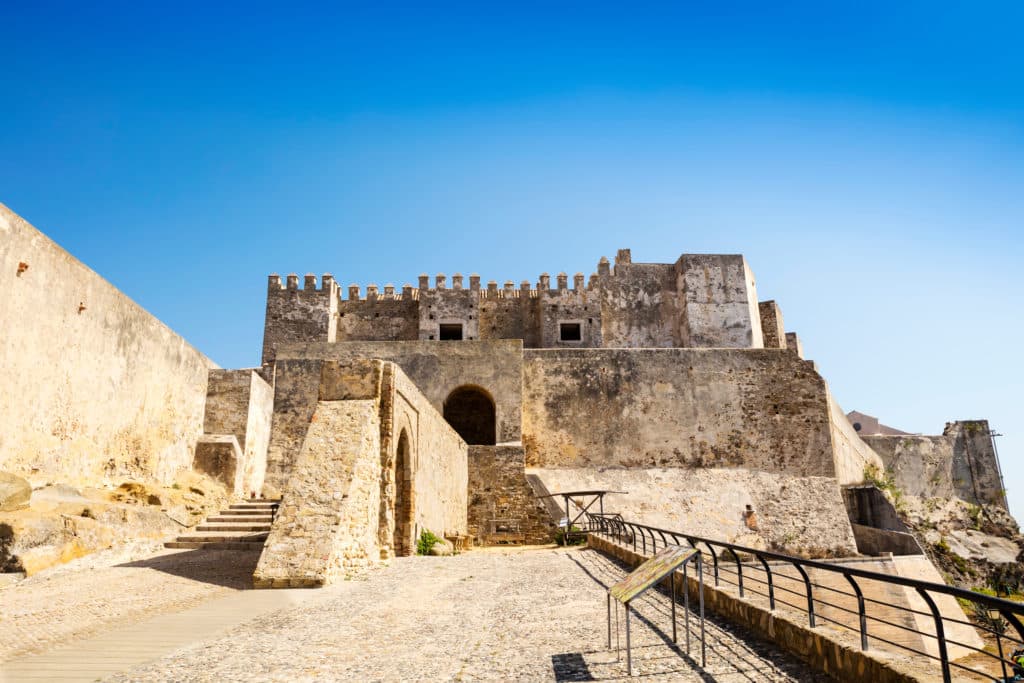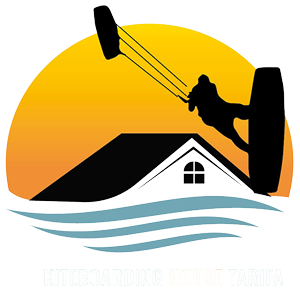The history of Kitesurfing
1984 Bruno and Dominique Legaignoux patented their inflatable leading edge kite.
The history of kitesurfing as you all probably thought, but to who do we own this adrenalin water sport? Who had the idea to use a kite to to enhance speed and gravity for the surfer? Let’s have a look at the history of this fantastic sport we are all so enthusiastic about.
Well the first attempts to move with a kite on the water or to land were made as early as 1800 when people tried to escape the hated horse tax. At that time, it was George Pocock who used elevated size kites to propel ships on the water and carts on land with a four-line steering system – the same system used today.
Almost hundred years later Samuel Cody developed “Kite Lifting”. He crossed the English Channel in a small collapsible canvas boat powered by a kite.
In 1977 the Dutchman Gijsbertus Adrianus Panhuise received the first patent on KiteSurfing. Although this patent did not arouse commercial interest, Gijsbertus Adrianus Panhuise could be considered the inventor of kitesurfing.
This patent relates in particular to a water sport with a floating board of a surfboard type in which a pilot standing on it is pulled by a windbreaker of a parachute type attached to his harness on a trapezoidal belt.
Another important name in the history of kitesurfing is Legaignoux. The two French brothers Bruno and Dominique Bruno Legaignoux developed kites for kitesurfing in the late 1970s and early 1980s and patented an inflatable kite design which was used by companies to develop their own products. The story of Kitesurfing continued by a few other people who further developed kitesurfing with improved equipment and techniques.
At the end of 1998, kitesurfing became an extreme sport, distributed and taught by a handful of shops and schools worldwide. The first competition took place on Maui in September 1998 and was won by Flash Austin.
Kitesurfing became mainstream in 1999 with the entry of the major windsurfing manufacturers Robby Naish and Neil Pryde. Single direction boards from the windsurf and surf design became the dominant form of the kiteboard which later developed to twind tip kitesurfboard.
If you like to get first touch with kitesurfing, let us know. Dragon Tarifa kiteschool will teach you safely and fast!





